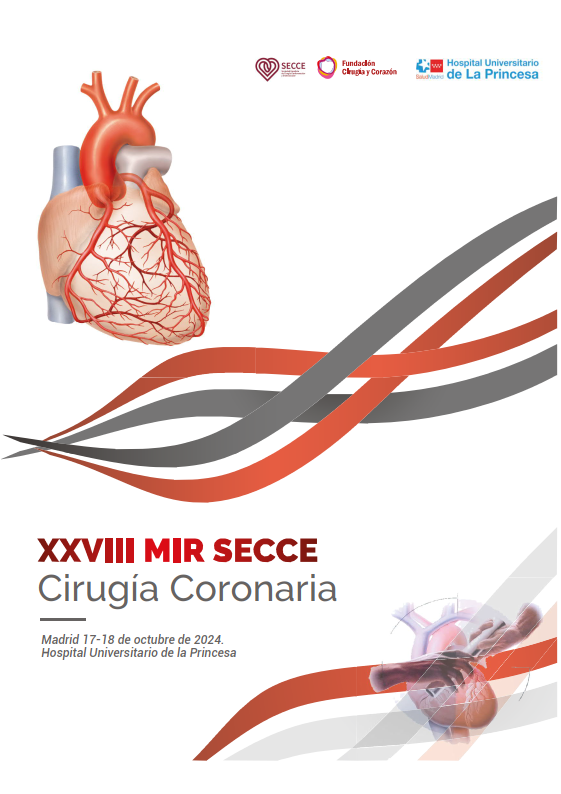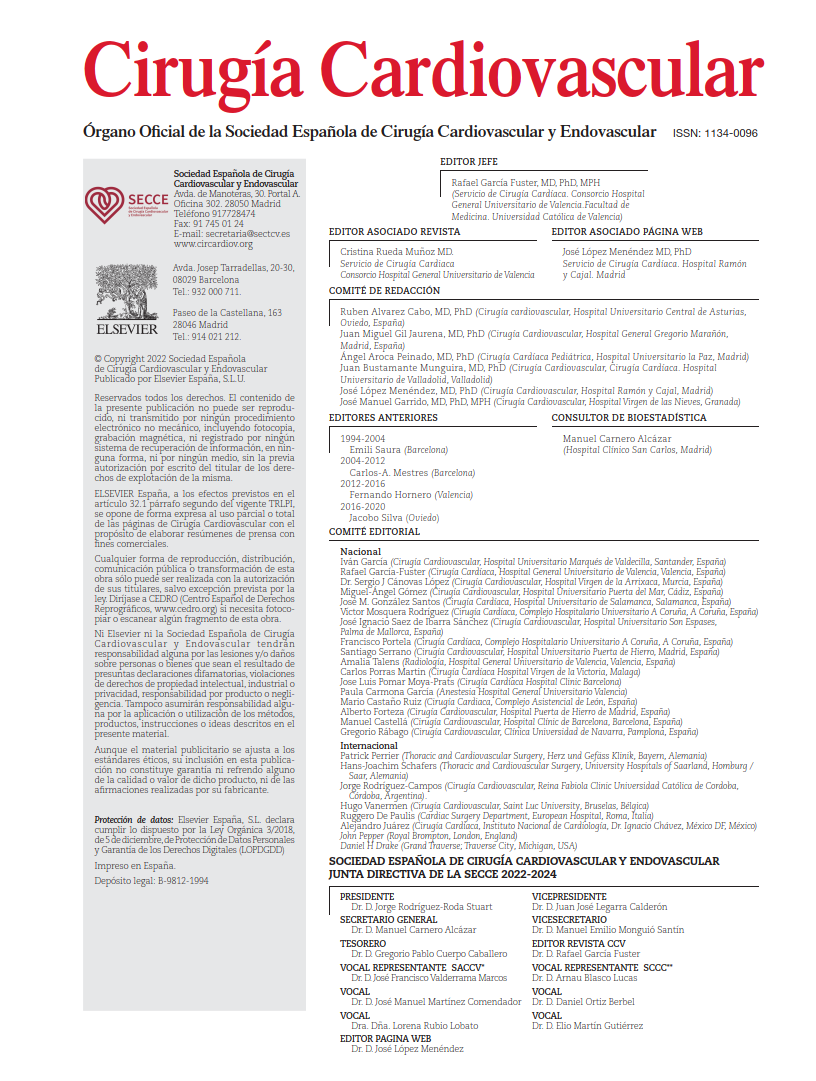Ascending aortic aneurysm is an often silent and underdiagnosed condition that can lead to catastrophic consequences if not identified in time. Clinical guidelines on both sides of the Atlantic currently recommend, as a Class I indication, elective repair when the aneurysm reaches 5.5 cm. However, considering that up to two-thirds of acute ascending aortic dissections occur in patients with diameters below 5.5 cm, one might question whether current prophylactic surgery thresholds are overly conservative.
The Treatment In Thoracic Aortic aNeurysm: Surgery versus Surveillance (TITAN:SvS) trial aims to compare the outcomes of surgery versus surveillance in patients with ascending aortic aneurysms measuring 5.0 to 5.4 cm. The present study uses the TITAN:SvS database to estimate how many patients would qualify for surgery using criteria beyond absolute diameter. Surgical candidacy was re-evaluated using the aortic size index (ASI; >3.08 cm/m²), the aortic height index (AHI; ≥3.21 cm/m), and the cross-sectional area to height ratio—also known as indexed aortic area (IAA; >10 cm²/m). The study period spanned from 2020 to 2023 and included 22 North American centers with expertise in aortic surgery. Eligible patients were asymptomatic adults with aneurysms between 5.0 and 5.4 cm. Exclusion criteria included prior cardiac surgery, aortic growth rate >0.3 cm/year, involvement of the aortic arch and/or descending thoracic aorta, inflammatory arteritis, known connective tissue disorders or familial aortopathy, and inoperability.
A total of 329 patients were analyzed; 20% were women. The cohort had a mean age of 65 years and an average ascending aortic diameter of 50.8 mm. One-third of patients (n=109) met at least one of the three alternative criteria proposed by the authors. Female patients more frequently met these thresholds than males: 20% vs 2% using ASI (p < .001), 39% vs 5% using AHI (p < .01), and 39% vs 21% using IAA (p < .002).
The authors conclude that one-third of the TITAN:SvS cohort would be eligible for surgery using these indexed parameters instead of relying solely on an ascending aortic diameter >5.5 cm. These alternative metrics may be particularly helpful in identifying at-risk women.
COMMENTARY:
In the Starry Messenger, Neil deGrasse Tyson eloquently illustrates our innate tendency to classify and organize the world around us. Whether by volume, density, state, or resistance, classification offers a semblance of order that helps us navigate complex environments. At times, we over-simplify—such as with the seven colors of the rainbow, which represent a continuous and infinite spectrum of wavelengths. Other systems, such as stellar classification, are extraordinarily detailed and incorporate numerous variables including spectral type, stellar class, color, temperature, and size. And occasionally, classifications have been dangerously reductionist and ethically unjustifiable, as seen during Apartheid.
In the realm of ascending aortic aneurysms (ATAA), a similar reductionism has occurred. Although the normal range of ascending aortic diameter in adults typically spans from 2.5 to 3.5 cm, the standard definition of an aneurysm as a >1.5-fold increase in normal diameter may not apply uniformly. For descending thoracic aneurysms or other vascular beds, this definition holds reasonably well. However, for the ascending aorta, applying this same threshold becomes less straightforward. If one assumes 3.5 cm as the upper limit of normal, then an ascending aortic aneurysm would theoretically begin at 5.25 cm. Classic studies have established 6 cm as a critical inflection point for type A dissection, and thus guidelines have adopted 5.5 cm as a treatment threshold.
Nevertheless, mounting evidence suggests that this unidimensional approach is inadequate. Multiple studies have reported that up to 70% of type A dissections occur at diameters <5.5 cm. This finding implies that factors beyond maximal diameter must be taken into account. Rather than alternative, the use of indexed parameters should be regarded as complementary tools that enable more precise risk stratification. Declining to operate on a 1.5-meter-tall patient with an aneurysm that measures just below 5.5 cm may be an error in judgment. Moreover, even experienced radiologists can vary by up to 3 mm in their measurements, underscoring the limitations of diameter-based decision-making. In borderline cases especially, the assessment of ATAA should never be reduced to a single dimension. A comprehensive evaluation incorporating all available morphometric indices is crucial to avoid over-simplification and improve clinical outcomes.
Ultimately, ascending aortic aneurysm repair is a prophylactic procedure. By nature, this necessitates a conservative stance to ensure that surgical benefit outweighs procedural risk. However, excessive conservatism carries its own hazard—namely, missed opportunities to intervene preemptively in patients who stand to benefit. Our challenge lies in refining surgical indications. Indexed criteria, such as ASI, AHI, and IAA, provide an avenue to accomplish just that.
REFERENCE:
Dagher O, Appoo JJ, Herget E, Atoui R, Baeza C, Brinkman W, et al. Impact of nondiameter aortic indices on surgical eligibility: Results from the Treatment in Thoracic Aortic Aneurysm: Surgery Versus Surveillance (TITAN: SvS) randomized controlled trial. J Thorac Cardiovasc Surg. 2025 Mar;169(3):857-865.e1. doi: 10.1016/j.jtcvs.2024.04.010. Epub 2024 Apr 29. PMID: 38692478.



